Hiroyuki Kato talks new release on Flexi...
Hiroyuki Kato is a Tokyo-based producer, multi-instrumentalist and long-time explorer of house music’s more soulful and organic edges. Rooted in bass and guitar, his approach to production blends live instrumentation with supple electronic grooves, resulting in music that feels deeply human while remaining grounded in the dancefloor’s pulse. Over the past few years, Kato has quietly built a reputation for crafting tracks that balance warmth, rhythm and emotional depth — qualities that have made his work stand out in both Japan and abroad.
With Life, his latest EP for Simone Guerra’s Flexi Cuts label, Kato refines that signature balance between the tactile and the synthetic. Across its flowing, unhurried cuts, he captures a sense of presence and movement that feels both intimate and expansive — a snapshot of an artist constantly seeking beauty in the details of sound and emotion. W caught up with him recently to learn more…
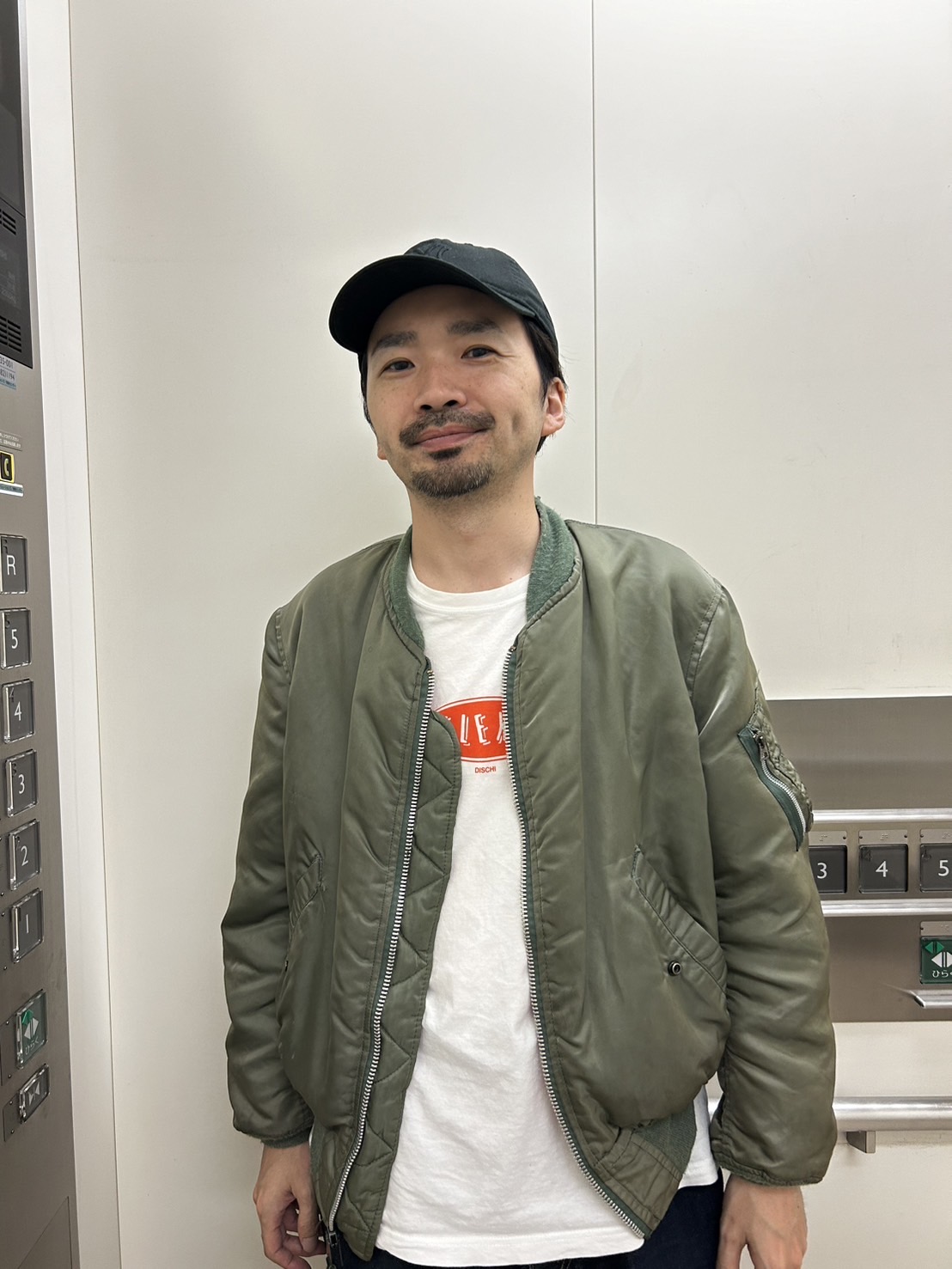
Your new EP, Life, released soon via Simone Guerra’s Flexi Cuts, blends live instrumentation with supple house grooves. Can you walk us through how you approached balancing organic and synthetic elements in these tracks?
I don’t consciously think about balance. I’ve always enjoyed playing various instruments and creating music on my own, so naturally many instruments appear in this project too.
I’m more interested in expressing the beauty of something organic and alive rather than a perfectly sequenced structure.
This is your third release with Flexi. How did your relationship with Simone (Relative) begin, and what’s it like working with him as A&R?
It started when I sent a demo to Simone (Relative) because I felt our musical styles were similar. That’s how our relationship began — we’ve been sharing favourite tracks and exchanging ideas for fun ever since.
Simone has a reputation for unearthing artists with both groove and depth. How has his feedback or vision influenced your own process?
I can understand his ideas instantly — he always brings interesting perspectives. ‘G Woman’ was something I uploaded on social media just for fun, so I was surprised when Simone said he wanted to include it on the vinyl. But I think it added a nice spice to the EP.
Has working with an Italian label shaped your approach or given you a different perspective compared to releasing in Japan?
Yes, it’s different from Japan. Japan has a large population, but house music isn’t widely recognised — most people simply don’t listen to it. There are some amazing scenes, but they tend to be quite niche and genre-specific, so when working in Japan, you often have to fit into one of them. In Italy and Europe, house music feels more like a part of the culture, and people seem more open to what I want to express.
Each track on the vinyl version has its own distinct energy. Was the sequencing important to you, and how did you decide the flow from track to track?
I left the track order up to Relative. The A-side has more live performance elements, and the B-side is mostly synth-based — I think it’s a good balance.
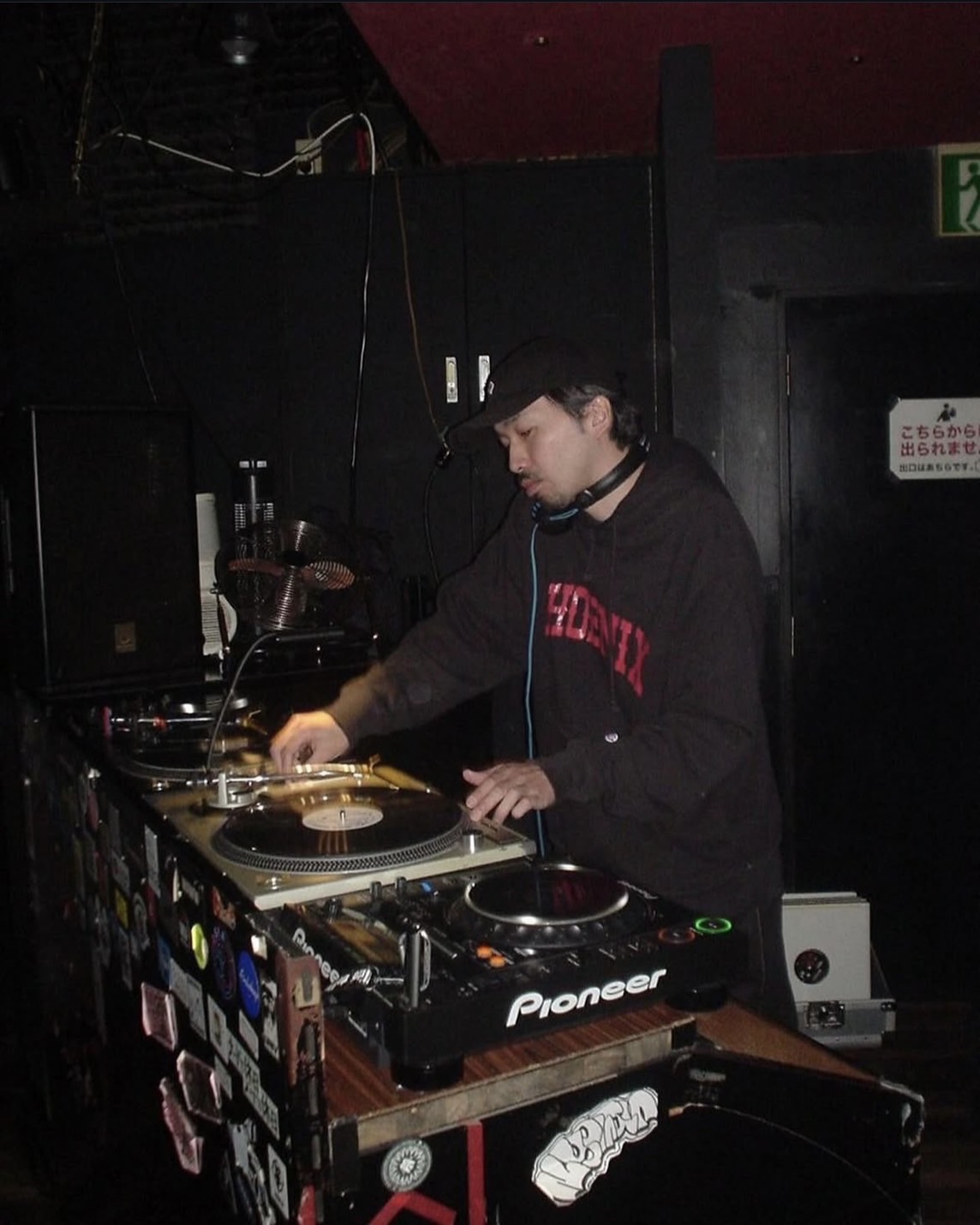
The digital edition includes an extra cut. What made you decide to include something exclusive for the digital format?
That was Relative’s idea. I have a large number of tracks, and Simone liked many of them. He suggested releasing not just a vinyl, but also a mini-album that includes digital tracks.
You’ve been described as someone who brings emotional resonance to club music. How intentional was that emotional thread when creating Life?
I naturally gravitate toward music that has soul, so maybe that’s why my tracks sound that way. I love soul and jazz, and that influence probably comes through.
In both house and techno, I prefer emotional music rather than something mechanical. I don’t plan my compositions — I just make music based on how I feel that day. For example, the guitars in ‘Mizuno’ and ‘G Woman’ were both first takes, no re-recording. This EP has a lot of straightforward emotional expression — maybe that’s why it feels so direct.
You’re a multi-instrumentalist with roots in bass and guitar. How does that background shape the way you write and produce house music?
That has a big influence on my music. I’ve been composing for a long time, so when I decided to make house music, it came naturally.
I always touch the guitar when I compose — even for tracks that end up using only synths. That might be why my sound feels different from keyboard-based producers.
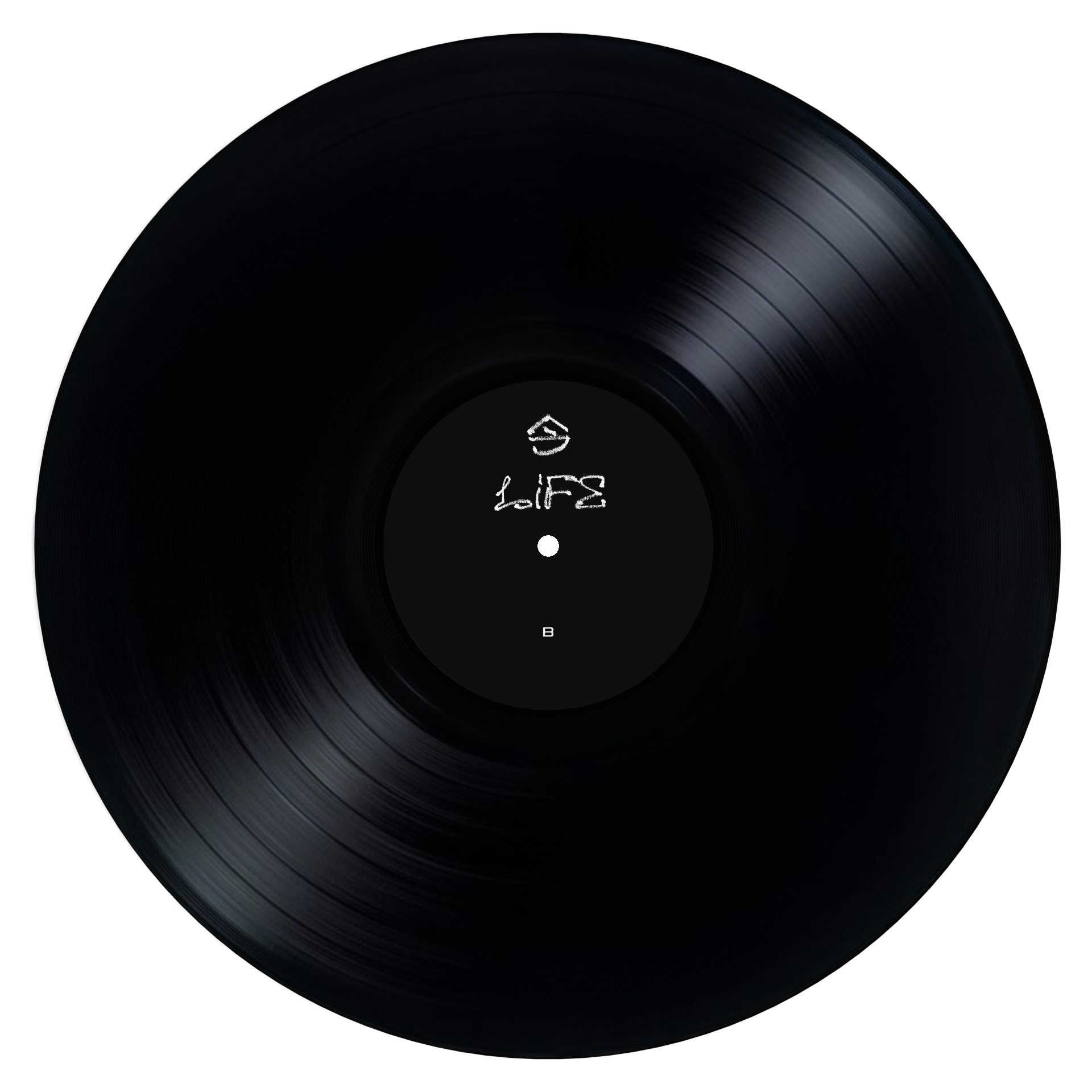
When you sit down to create a track, do you usually start from rhythm, melody, or instrumentation?
There are no set rules. When I pick up an instrument and find something interesting, I start recording. As I mentioned earlier, it really depends on the mood of the day. I enjoy switching between PC-based production, hardware, and live instruments.
The record has an ‘unhurried flow’ that feels natural. Was that a conscious production choice, or is it simply how your music tends to evolve?
I like sounds that have natural movement. I often avoid strict quantisation and play the synths by hand. Sometimes I even record to tape — maybe that’s part of my character. But I don’t really overthink it. I make music every day based on what I feel at the moment, and this album captures that slice of life. That’s why I titled it LIFE今.
Are there non-club musical influences that shaped this project — artists, traditions, or personal experiences?
That’s a difficult question. There was no one around me who could teach me how to make club music, so I started by applying what I knew from other genres. For percussion, I took inspiration from Latin and Afro music; for chords, from jazz and pop; for bass, from disco; and for acid-style synths, from punk, hardcore, and noise. By translating those ideas into electronic form, I found my own sound. So there are many non-club elements in my music — probably because I originally came from a band background.
How much do you think about the club setting while producing, versus the idea of someone listening at home or on headphones?
For this EP, I was completely imagining a club setting while producing. ‘G Woman’ is a little different since it’s a live studio mix, but other than that, it’s made for the floor. Still, I don’t mind where people listen to it — I want the listener to be free to experience it however and wherever they like.
What do you hope listeners will take away from Life, on the dancefloor and beyond it?
I’d be happy if people simply enjoy it as music, or if it makes them lose themselves on the dance floor. That’s all I could ask for.
Do you feel part of a wider community of Japanese house and electronic artists, or do you see yourself more as operating globally? I have some connections with the Japanese scene, but I’ve always felt more in tune with the global house community. Most of my releases are on overseas labels, and I prefer to keep moving freely rather than being tied to a specific scene or location.
What Japanese artists and musicians continue to inspire you?
I don’t think I’m directly influenced by other current artists — I always try to create something different from what’s out there. The one artist I’ve respected for many years is Tatsuro Yamashita.
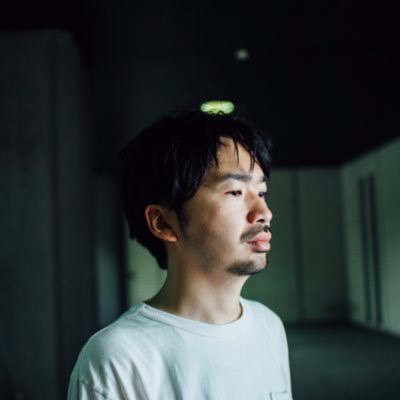
In terms of your own career as an artist, what’s the ultimate ambition for you?
House music isn’t very well-known in Japan — those who listen to it are quite niche. I want people to experience house more naturally, not just as something you have to dig deep to find. I hope to help make it as familiar and accessible as pop music through my own efforts.
You’ve spoken through music about balance, between polish and rawness, immediacy and detail. Is that also something you strive for in life outside music?
I’m an extreme person who thinks only about music. Honestly, I’m not very good at living a well-balanced life.
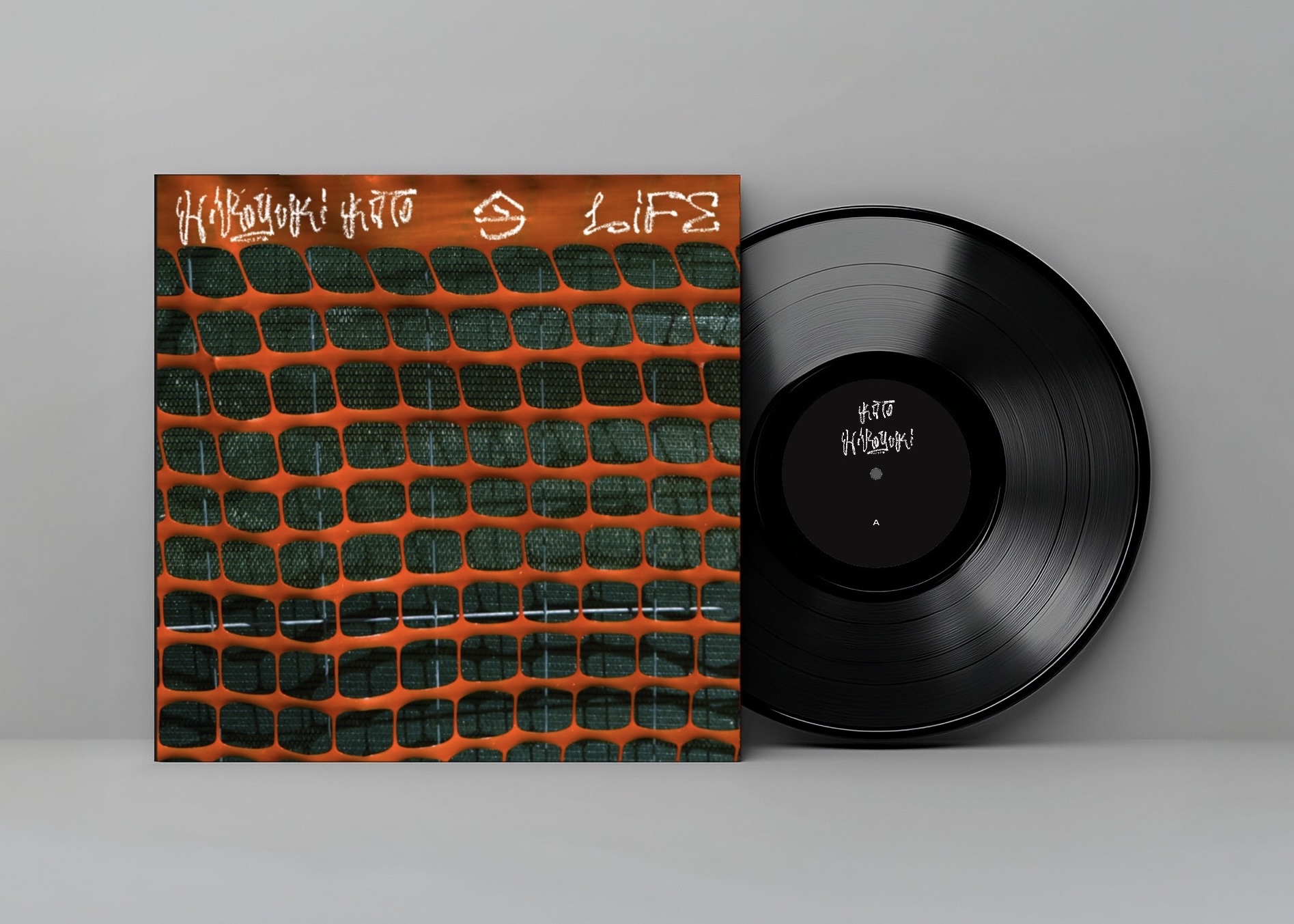
What’s next after Life? Do you already see the next step in your dialogue with Flexi Cuts, or perhaps something completely different?
I produce a lot of music — I haven’t counted, but this year alone I’ve easily made over a hundred tracks. Many of them, including non-house works, are still unreleased, and I’d like to put them out soon. Since releasing through someone else’s label means I have to consider their direction, I’m thinking of starting my own label to release music freely. Of course, I’d still love to continue releasing through Flexi too.
Keep up with Hiroyuki Kato on Instagram
Keep up with FLEXI on Bandcamp
Buy/listen to the release here
.svg)
